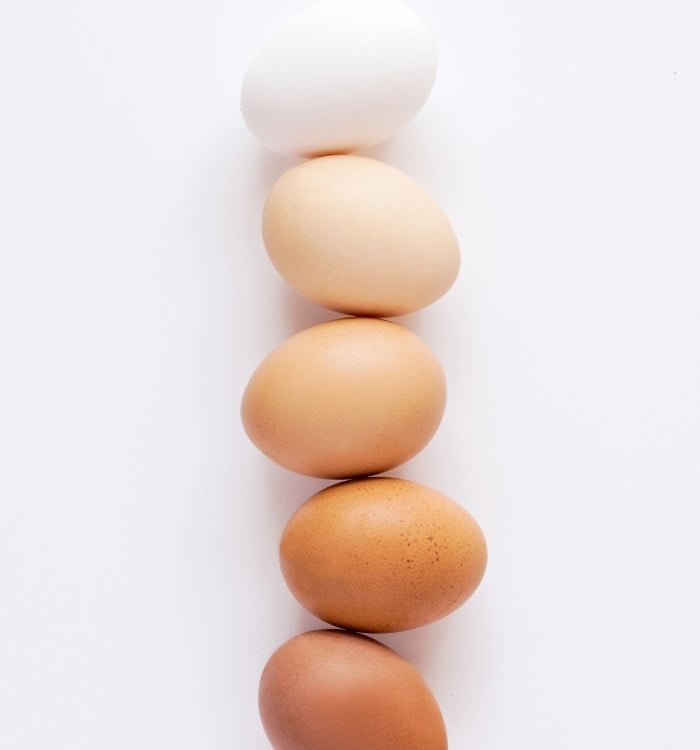
How to Pasteurize Eggs at Home
Pasteurized eggs are raw eggs that have been heated to a specific temperature in order to kill any harmful bacteria they contain. Learn How to Pasteurize Eggs yourself for using in homemade eggnog, meringue, Caesar dressing, and more!
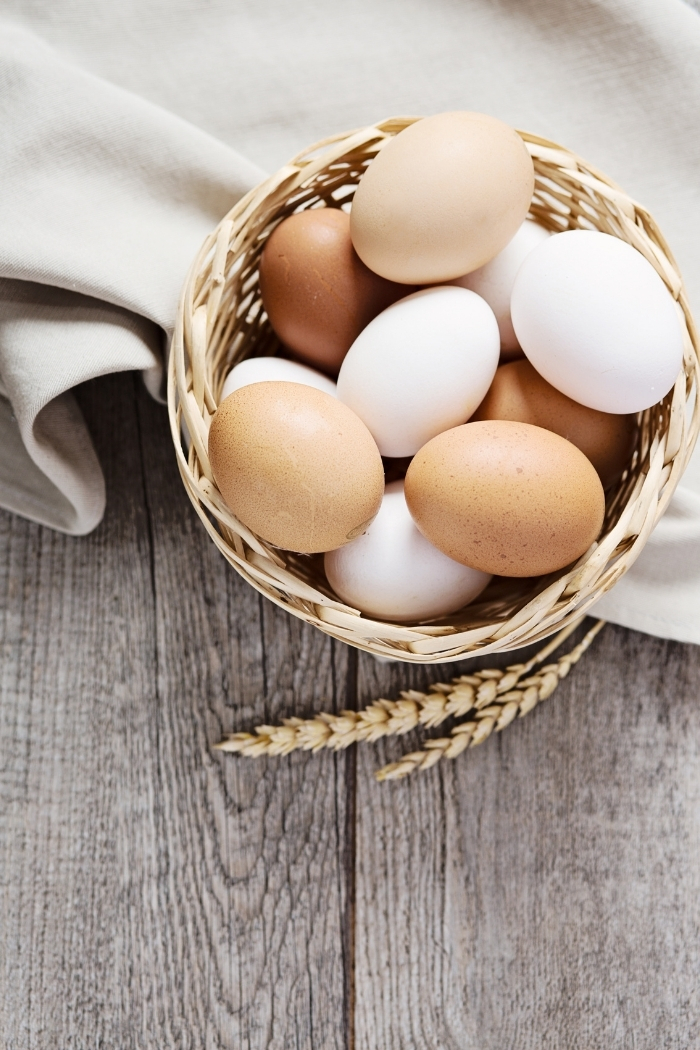
What Are Pasteurized Eggs?
If you’re unfamiliar with the term, pasteurized eggs are raw eggs that have been heated to a high enough temperature to kill the harmful bacteria they contain, without actually cooking the egg.
Pasteurized eggs are “raw” for all intents and purposes — they’re still liquid inside and the yolks can be separated from the whites, if needed — but they’ve technically been cooked. It’s a culinary paradox, I know!
The process of pasteurizing eggs is often performed using a water bath. The heated water bath makes it easy to bring the eggs up to a certain temperature and maintain that exact temperature for an extended period of time.
This extended heating period is what kills the bacteria inside raw eggs; you can’t simply add them to boiling water and remove them after a minute or two like you do when blanching vegetables.
Katie’s Tip: Although the process of at-home egg pasteurization is straightforward, you absolutely cannot “eyeball” or estimate anything. Read on to learn how to do it safely!
Why Would You Need to Pasteurize Eggs?
If you plan on cooking raw eggs in cakes, muffins, cookies, quiches, or similar recipes, you do not need to worry about pasteurizing eggs.
Pasteurized eggs should be used any time a recipe calls for raw eggs, egg yolks, or egg whites. Think: Caesar salad dressing, certain kinds of ice cream, meringues, mayonnaise, or royal icing.
You’ll also want to use pasteurized eggs when making homemade eggnog this Christmas!
Tools Needed
Pasteurizing eggs at home is an easy process, but you MUST have these specific tools on hand to do it safely.
- Food thermometer — An essential tool for pasteurizing eggs. The raw eggs must reach an exact temperature of 160ºF to be deemed safely pasteurized. An instant ready or candy thermometer can be used.
- Saucepan — Pasteurizing eggs on the stovetop is the quickest and most common method. The size of saucepan you’ll need will vary depending on the number of eggs you’ll be pasteurizing.
- Heat-proof bowl — Only needed if you’ll be pasteurizing egg whites only (more on that in the “How To” section below).
- Measuring cups and spoons — The eggs will need to be mixed with a specified amount of liquid or sugar.
- Sous vide machine — Only necessary if you plan on pasteurizing whole eggs in the shell.
- Slotted spoon — Makes it easier to transfer in-shell eggs in and out of a sous vide machine.
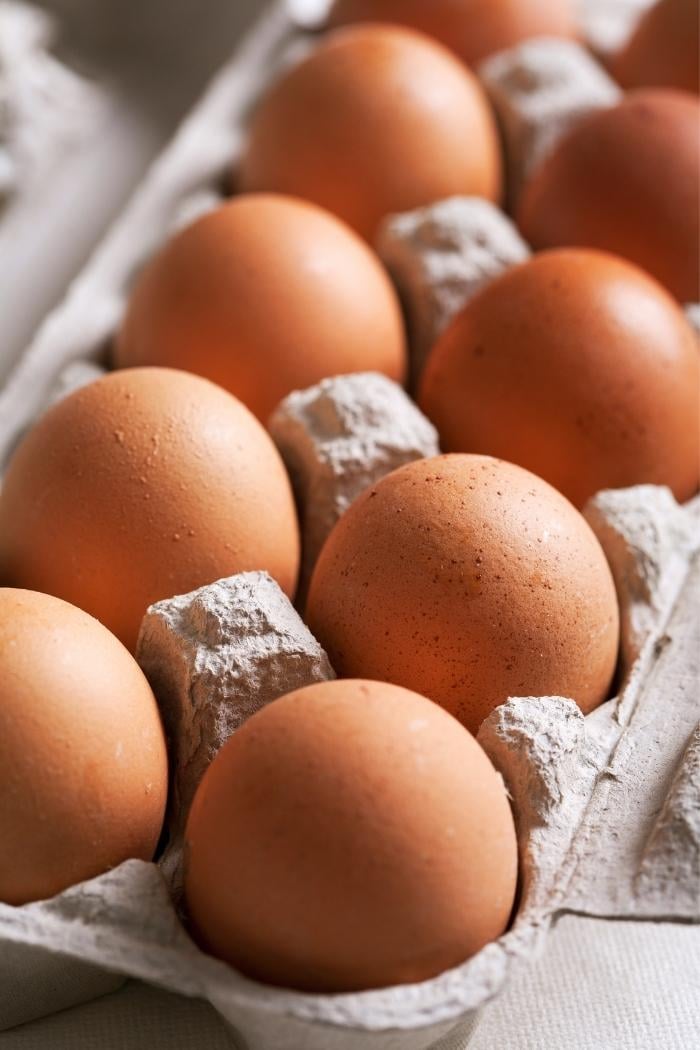
How to Pasteurize Eggs (4 Methods!)
Below are instructions on how to pasteurize eggs in and out of the shell, as well as how to pasteurize egg whites and yolks separately.
How to Pasteurize Whole Eggs Out of the Shell
The easiest and most common way to pasteurize eggs (whether whole or separated into yolks and whites) is on the stove in a saucepan.
Do NOT try to pasteurize in-shell eggs on the stovetop. It’s impossible to test the internal temperature of the eggs, only the temperature of the water they’re cooking in.
- Crack the desired number of eggs into a saucepan.
- For each egg added to the saucepan, you’ll need to add ¼ cup of liquid. This can either be ¼ cup of liquid taken from the recipe you’re making OR you can use plain tap water. So if you’re pasteurizing 6 eggs, you’ll need to add 1 ½ cups of liquid to the saucepan.
- Place the saucepan over low heat, making sure to constantly stir the egg mixture as it heats up. You do NOT want to scramble the eggs by mistake!
- Use a food thermometer to test the temperature of the egg mixture. Once the eggs reach 160ºF, remove the saucepan from the heat and proceed with the recipe.
Katie’s Tip: If you need cold eggs for your recipe, place the saucepan into a bowl of ice water to cool them off.
How to Pasteurize Egg Whites
- Fill a small saucepan about halfway with water. Place the saucepan on the stove and bring the water to a boil.
- Meanwhile, add the desired number of egg whites to a heat-proof bowl.
- For every egg white in the bowl, you’ll also need to add either 2 tablespoons of granulated sugar OR 1 teaspoon water per egg white plus ⅛ teaspoon cream of tartar per every two egg whites.
- Place the bowl of egg whites onto the saucepan, making sure that the boiling water isn’t in direct contact with the bowl (that would scramble the egg whites).
- Stir the egg whites constantly as they come up to temperature.
- Use a food thermometer to test the temperature of the egg whites. Once they reach 160ºF, remove the saucepan from the heat and proceed with the recipe.
Katie’s Tip: If you’ll be beating the pasteurized egg whites for a meringue recipe or similar, note that they’ll take longer to beat to soft peaks than raw egg whites.
How to Pasteurize Egg Yolks
- Add the desired number of egg yolks to a saucepan.
- For every yolk in the saucepan, you’ll need to add 2 tablespoons of water, granulated sugar, OR liquid from the recipe.
- Place the saucepan over low heat, making sure to constantly stir the egg mixture as it heats up. You do NOT want to scramble the eggs by mistake!
- Use a food thermometer to test the temperature of the egg mixture. Once the eggs reach 160ºF, remove the saucepan from the heat and proceed with the recipe.
How to Pasteurize Whole Eggs in the Shell
If you want to pasteurize eggs in the shell, the only option available to you is to use a sous vide machine or sous vide immersion circulator to cook the in-shell eggs for more than an hour.
As such, you could accidentally ingest harmful bacteria from not properly pasteurizing the whole eggs.
- Using a sous vide immersion circulator (aka sous vide machine), preheat water to 135ºF.
- Add the in-shell eggs to the water. A slotted spoon works well for this.
- Let the eggs cook at a constant temperature of 135ºF for 75 minutes.
- Just before the eggs have finished cooking, fill a large bowl with tap water and ice. When the eggs are finished, use a slotted spoon to immediately transfer them from the hot water to the ice bath.
- Let the eggs sit in the ice bath for about 30 minutes.
- Proceed with the recipe.
The above is simply a quick summary of this recipe. Check out the full recipe in the free printable recipe card at the bottom of this post for all the detailed instructions.
What Temperature Must Be Reached for Pasteurization?
- If pasteurizing eggs on the stovetop, they need to reach a temperature of 160ºF. It doesn’t matter if you’re pasteurizing whole eggs, egg yolks, or egg whites.
- If pasteurizing in-shell eggs using the sous vide method, they must be cooked at a constant temperature of 135ºF for 75 minutes.
How Long Does It Take to Pasteurize Eggs?
The sous vide method of pasteurizing in-shell eggs takes 75 minutes. The stovetop method of pasteurizing eggs will have varying cook times.
It depends on the number of eggs you’re working with, the exact temperature of your stove, and so on.
That’s why it’s so important that you use a food thermometer to continually check the temperature of the eggs!
Tips for Pasteurizing Eggs at Home
- Use a food thermometer — I’ve said it many times already in this post, and I’ll say it again. The ONLY way to accurately test the temperature of the eggs as they’re pasteurizing is by using a food thermometer. A candy thermometer or instant read thermometer will both work.
- Constantly stir the eggs — When pasteurizing eggs on the stovetop, stir them constantly to prevent them from clumping up. A rubber spatula works well for this, as it allows you to scrape down the sides of the saucepan.
- Don’t try to pasteurize in-shell eggs — I’ve provided instructions on how to pasteurize eggs using the sous vide method, but that is the only safe way to pasteurize in-shell eggs. Please do not attempt to pasteurize in-shell eggs on the stovetop. You won’t be able to accurately test the internal temperature of the eggs and could accidentally end up with food poisoning or worse.
- Use an ice bath, if needed — If you’ll be using the pasteurized eggs “raw,” place the saucepan in an ice bath to rapidly cool down the eggs. Or, refrigerate them until you’re ready to proceed with the recipe.
- Separate eggs the right way — I have a detailed tutorial on how to separate eggs. Be sure to reference it if you struggle to cleanly separate the egg whites from the yolks!
FAQs
Got questions about how to make this recipe? Here are the answers to a few commonly asked questions. Feel free to leave any other questions in the comments on this post and I’ll respond with answers.
Can Whole Eggs Be Pasteurized at Home?
Yes, but there are a few caveats. You can pasteurize whole eggs on the stovetop, just not in the shell.
It’s impossible to test the internal temperature of in-shell eggs yourself. That makes pasteurizing eggs in the shell on the stovetop unreliable and unsafe for home cooks.
If you absolutely must pasteurize in-shell eggs, you have to employ the sous vide method.
The eggs must cook at a constant temperature of 135ºF for 75 minutes to be considered safe to eat raw.
Can Egg Yolks and Egg Whites Be Pasteurized Separately?
Yes! The stovetop pasteurization method for egg yolks and whites is very similar.
However, I recommend cooking the egg whites in a heat-proof bowl set over a saucepan of boiling water rather than directly in the saucepan. This preserves their texture and makes them suitable for whipping to soft peaks.
Are Pasteurized Eggs Safe to Eat Raw?
Yes! The USDA states that raw eggs that have been pasteurized are safe to eat raw. The USDA also states that pasteurized eggs are safe for pregnant persons, children, and elderly to eat.
Of course, consult your doctor if you’re unsure whether eating raw pasteurized eggs is the right choice for you.
How Long Do Pasteurized Eggs Last?
Pasteurized eggs must be refrigerated. They’ll last up to 3 weeks. Also note that they can’t sit out on the counter for more than 2 hours.
Can You Freeze Pasteurized Eggs?
Yes, you can freeze raw or pasteurized eggs. Here’s a full tutorial on how to freeze eggs.
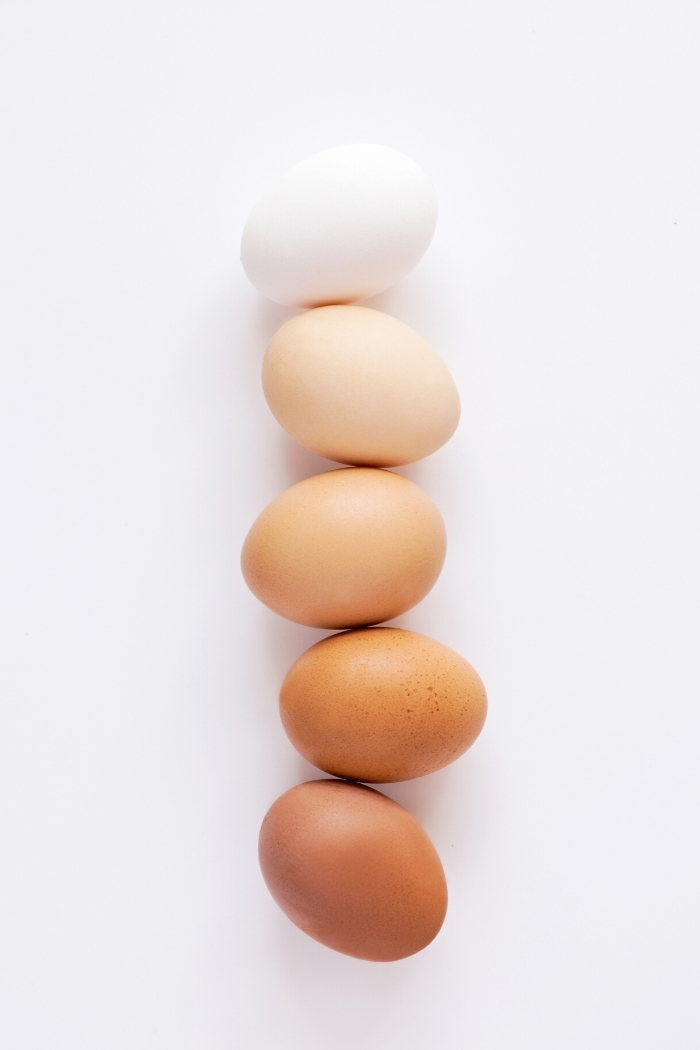
More Useful Egg Tutorials:
This recipe for easy peel hard-boiled eggs breaks down the best way to boil eggs so they’re easy to peel every single time.
Knowing how to bring eggs to room temperature quickly is useful when baking cakes, cupcakes, waffles, and more. In this post, I’m sharing four methods for bringing eggs to room temperature and explaining why it’s important to do so.
Freezing chicken eggs is a great way to preserve their shelf life and ensure you never run out of eggs for baked goods. This post will explain how to freeze eggs, including raw and cooked eggs!
Learning how to separate eggs is important if you want to bake angel food cakes, macarons, macaroons, meringues, and more.
One of my favorite kitchen tips is how to measure partial eggs because it comes in handy when you’re making adjustments to recipes. Check out these easy instructions for how to measure half an egg when making partial recipes.
In this post, I share how to make microwave hard boiled eggs quickly and safely. This method is perfect for anyone with limited access to a proper kitchen, such as college students, RV owners, and hotel guests.
Stay Inspired in the Kitchen!
Want more delicious recipes, kitchen tips, and meal inspiration? Sign up for the Good Life Eats Newsletter and get:
✔ Tried-and-true recipes—from quick weeknight meals to special occasion favorites.
✔ Seasonal meal ideas—helping you make the most of fresh, in-season ingredients.
✔ Time-saving kitchen tips—boosting your confidence and creativity in the kitchen.
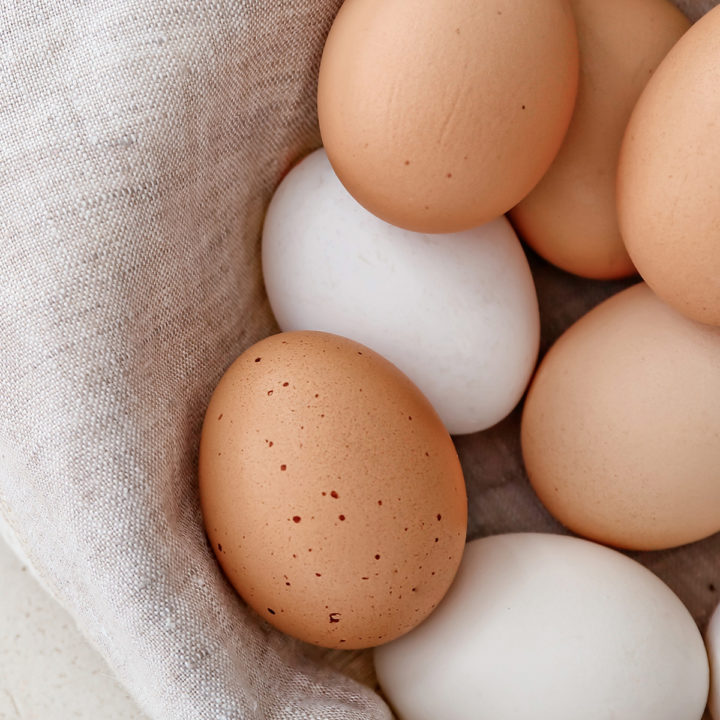
How to Pasteurize Eggs
Pasteurized eggs are raw eggs that have been heated to a specific temperature in order to kill any harmful bacteria they contain. Learn How to Pasteurize Eggs yourself for using in homemade eggnog, meringue, Caesar dressing, and more!
Materials
- Eggs
- Water or Sugar (see instructions)
Instructions
HOW TO PASTEURIZE WHOLE EGGS OUT OF THE SHELL
- Crack the desired number of eggs into a saucepan.
- For each egg added to the saucepan, you’ll need to add ¼ cup of liquid. This can either be ¼ cup of liquid taken from the recipe you’re making OR you can use plain tap water. So if you’re pasteurizing 6 eggs, you’ll need to add 1 ½ cups of liquid to the saucepan.
- Place the saucepan over low heat, making sure to constantly stir the egg mixture as it heats up. You do NOT want to scramble the eggs by mistake!
- Use a food thermometer to test the temperature of the egg mixture. Once the eggs reach 160ºF, remove the saucepan from the heat and proceed with the recipe. (Tip: If you need cold eggs for your recipe, place the saucepan into a bowl of ice water to cool them off.)
HOW TO PASTEURIZE EGG WHITES
- Fill a small saucepan about halfway with water. Place the saucepan on the stove and bring the water to a boil.
- Meanwhile, add the desired number of egg whites to a heat-proof bowl.
- For every egg white in the bowl, you’ll also need to add either 2 tablespoons of granulated sugar OR 1 teaspoon water per egg white plus ⅛ teaspoon cream of tartar per every two egg whites.
- Place the bowl of egg whites onto the saucepan, making sure that the boiling water isn’t in direct contact with the bowl (that would scramble the egg whites).
Stir the egg whites constantly as they come up to temperature. - Use a food thermometer to test the temperature of the egg whites. Once they reach 160ºF, remove the saucepan from the heat and proceed with the recipe. (Tip: If you’ll be beating the pasteurized egg whites for a meringue recipe or similar, note that they’ll take longer to beat to soft peaks than raw egg whites.)
HOW TO PASTEURIZE EGG YOLKS
- Add the desired number of egg yolks to a saucepan.
- For every yolk in the saucepan, you’ll need to add 2 tablespoons of water, granulated sugar, OR liquid from the recipe.
- Place the saucepan over low heat, making sure to constantly stir the egg mixture as it heats up. You do NOT want to scramble the eggs by mistake!
- Use a food thermometer to test the temperature of the egg mixture. Once the eggs reach 160ºF, remove the saucepan from the heat and proceed with the recipe.
HOW TO PASTEURIZE WHOLE EGGS IN THE SHELL
- Using a sous vide immersion circulator (aka sous vide machine), preheat water to 135ºF.
Add the in-shell eggs to the water. A slotted spoon works well for this. - Let the eggs cook at a constant temperature of 135ºF for 75 minutes.
- Just before the eggs have finished cooking, fill a large bowl with tap water and ice. When the eggs are finished, use a slotted spoon to immediately transfer them from the hot water to the ice bath.
- Let the eggs sit in the ice bath for about 30 minutes.
- Proceed with the recipe.
Recommended Products
As an Amazon Associate and member of other affiliate programs, I earn from qualifying purchases.
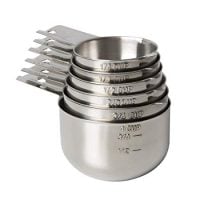
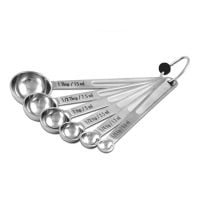


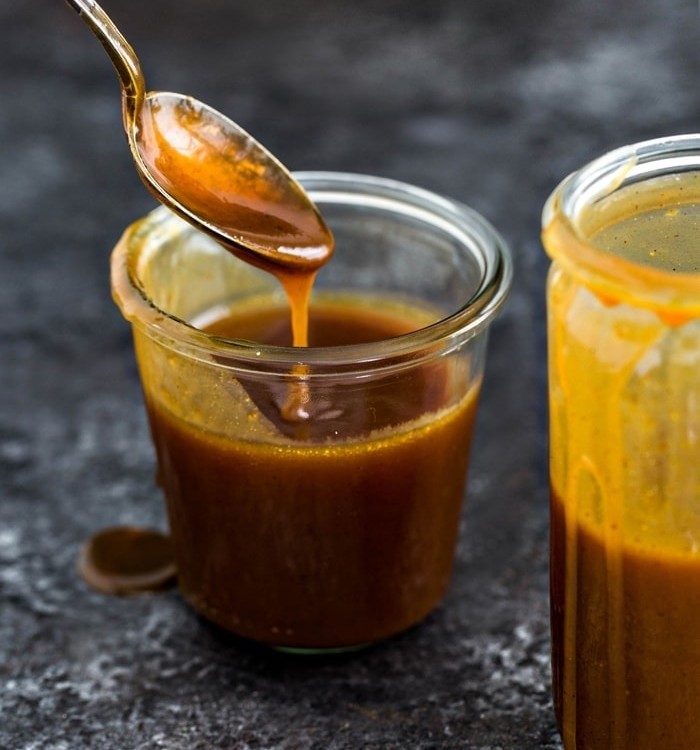

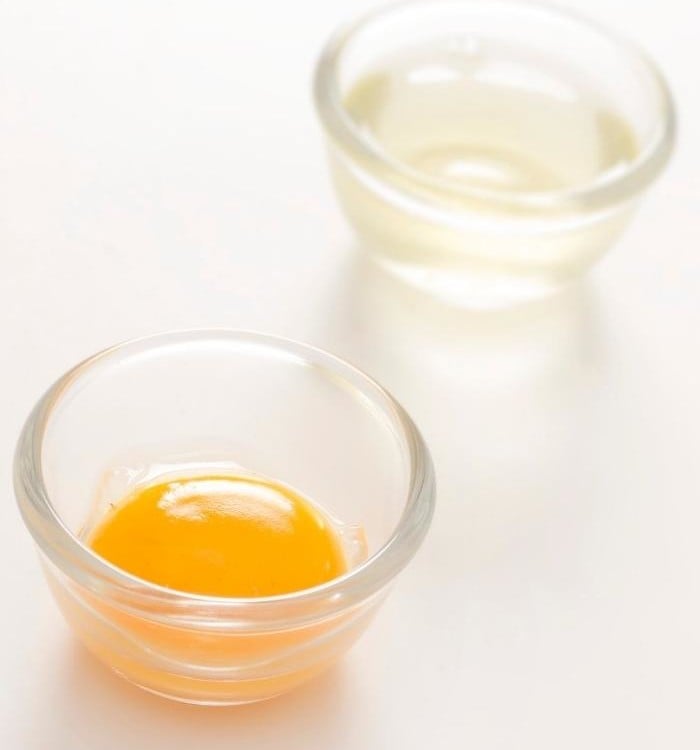
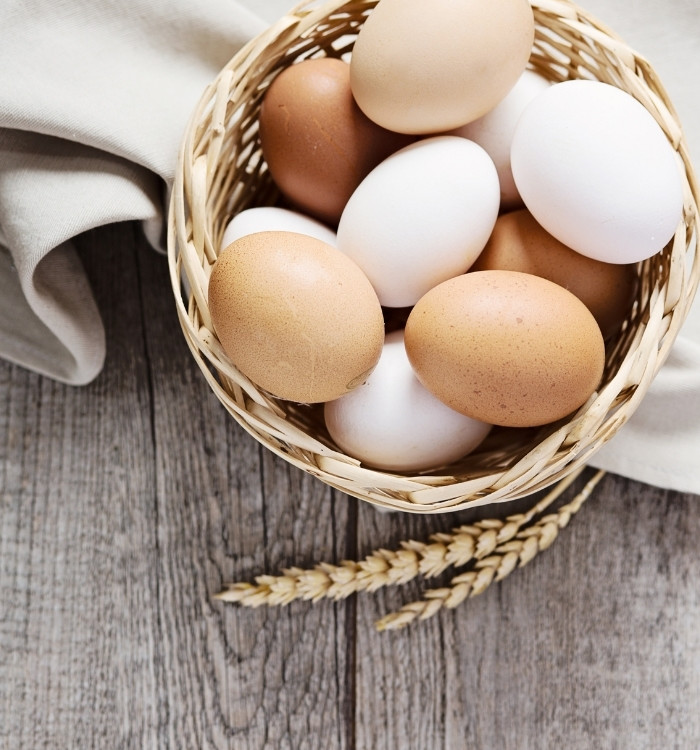
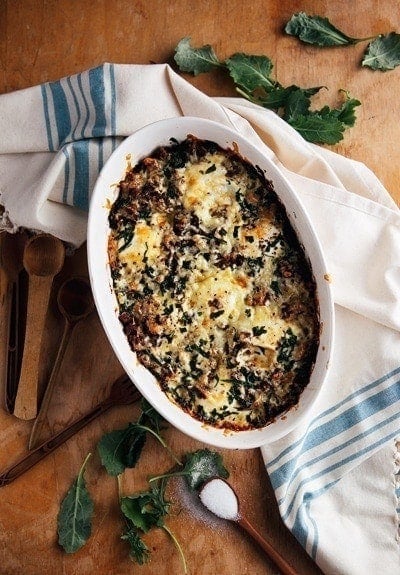
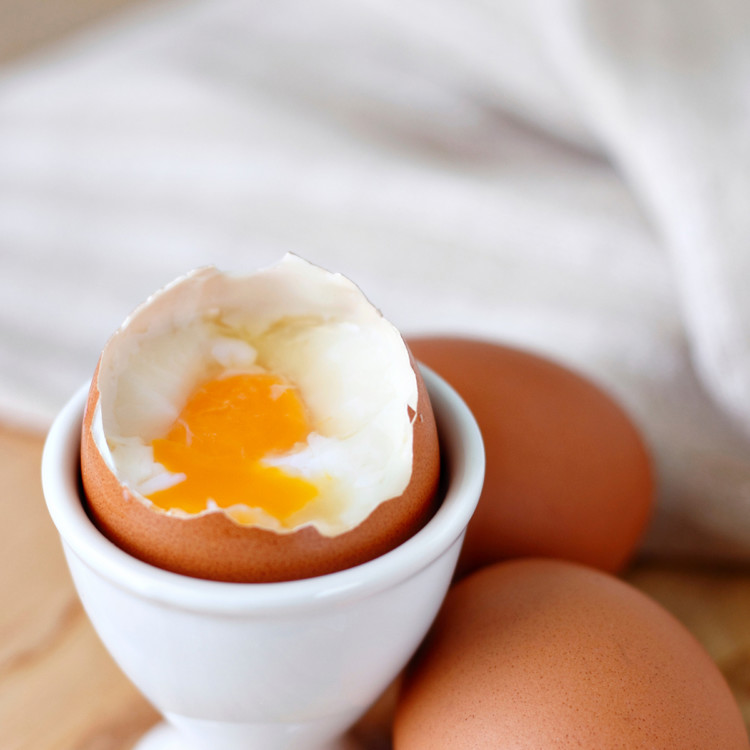
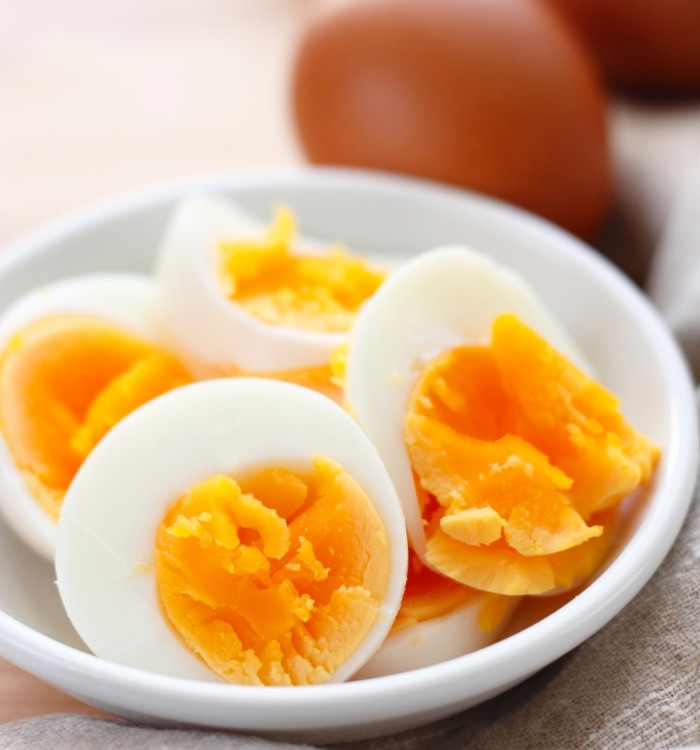
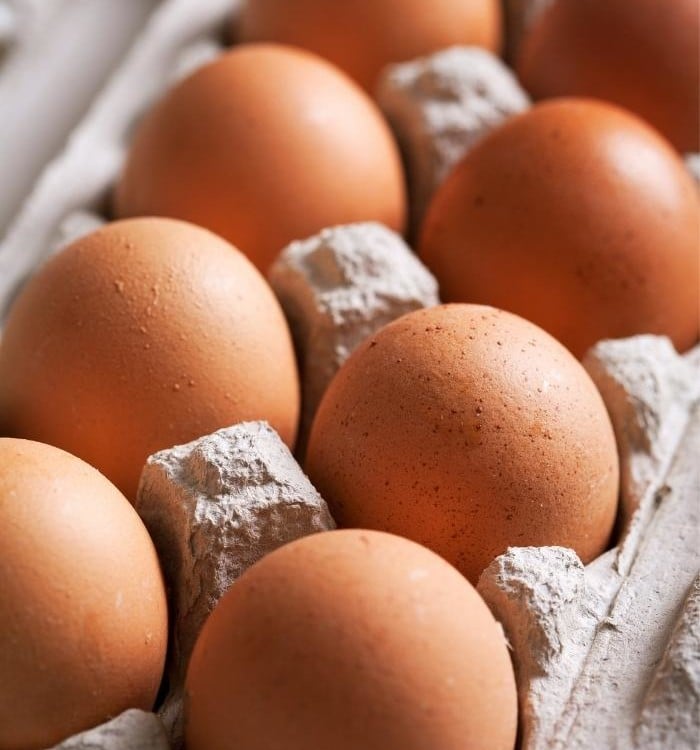
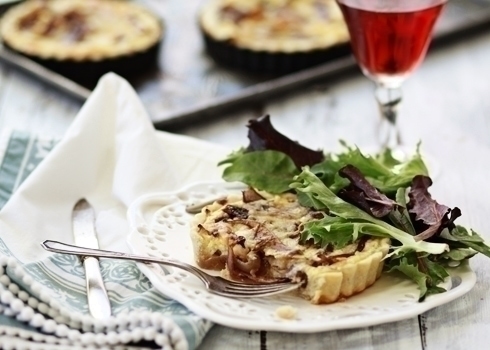
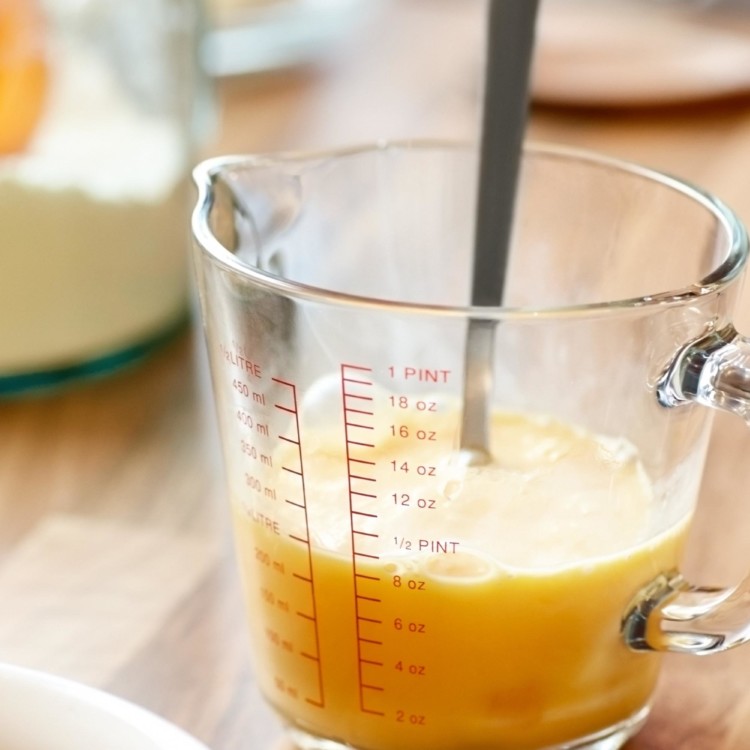

Leave a Comment